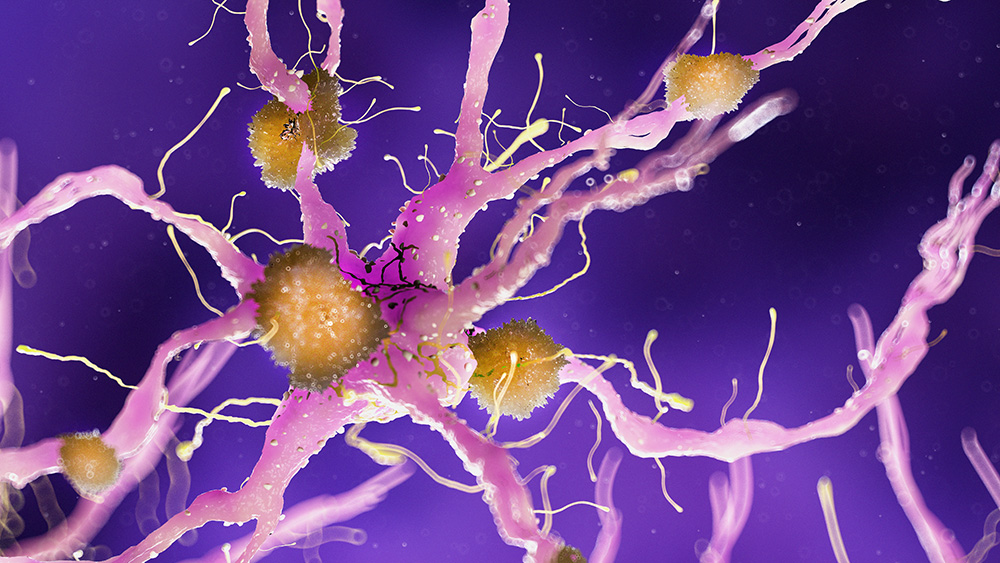Key Points
- Professor Jürgen Götz’s group has published two preclinical studies using focused ultrasound to treat Alzheimer’s disease and the advanced effects of aging.
- The research included aducanumab, the first drug approved for Alzheimer’s disease in the US in 20 years.
- The aging study found low-intensity ultrasound could restore memory and cognition.
Professor Jürgen Götz’s group at the University of Queensland in Brisbane, Australia, recently published a study using focused ultrasound to deliver aducanumab, the first drug approved for Alzheimer’s disease in the United States in 20 years. A type of immunotherapy, aducanumab is an antibody that has been shown to reduce amyloid-β pathology in Alzheimer’s disease but not necessarily improve cognition in humans. This Australian preclinical study in 13-month-old APP23 mice had four arms: the drug alone, the ultrasound alone, the combination of the drug with the scanning ultrasound (focused ultrasound), and a control group. The study produced different results in different regions of the brain. In the hippocampus, the drug alone and the ultrasound alone both reduced the total plaque area but produced no additive effect in combination treatment. In the cortex, only the combination treatment yielded a statistically significant decrease in total plaque area compared to sham, and the plaque load was reduced from more than 22% to below 10%. Furthermore, this group showed robust improvement in spatial memory and had a five-fold higher level of aducanumab in the brain three days post-treatment when compared with the group that received aducanumab alone. The researchers suggest that these findings warrant a combination trial using aducanumab and focused ultrasound to increase the concentration of the antibody in the brain and study if this results in decreased amyloid and improved cognition in patients. This study and others have shown that ultrasound is effective at delivering amyloid and tau antibodies into the brain, which could be tested together in clinical trials as an antibody combination therapy.
See Alzheimer’s Research & Therapy >
Professor Jürgen Götz’s group also studies how to improve the advanced physiological effects of aging, including cognitive performance and memory. Aging reduces the ability to induce long-term potentiation (LTP), which is correlated with memory. Researchers used scanning ultrasound alone and then combined with microbubbles to transiently open the blood-brain barrier (BBB), treating senescent mice. Both treatments fully restored LTP induction in the hippocampal region of the brain and also increased neurogenesis and synaptic signaling. The ultrasound treatment alone (without microbubbles) was even more effective, because it better restored the spatial learning deficits of the aged mice and simultaneously lowered the density of perineuronal nets. This means ultrasound has a restorative effect on the brain that does not require blood-brain barrier opening. The study indicates that ultrasound has positive neuromodulatory effects in physiologically aged mice that have cognitive deficits but do not have an Alzheimer’s phenotype. This widens the therapeutic scope of focused ultrasound for the treatment of the elderly with cognitive decline or other forms of dementia.

 A Comparative Study of the Effects of Aducanumab and Scanning Ultrasound on Amyloid Plaques and Behavior in the APP23 Mouse Model of Alzheimer Disease
A Comparative Study of the Effects of Aducanumab and Scanning Ultrasound on Amyloid Plaques and Behavior in the APP23 Mouse Model of Alzheimer Disease